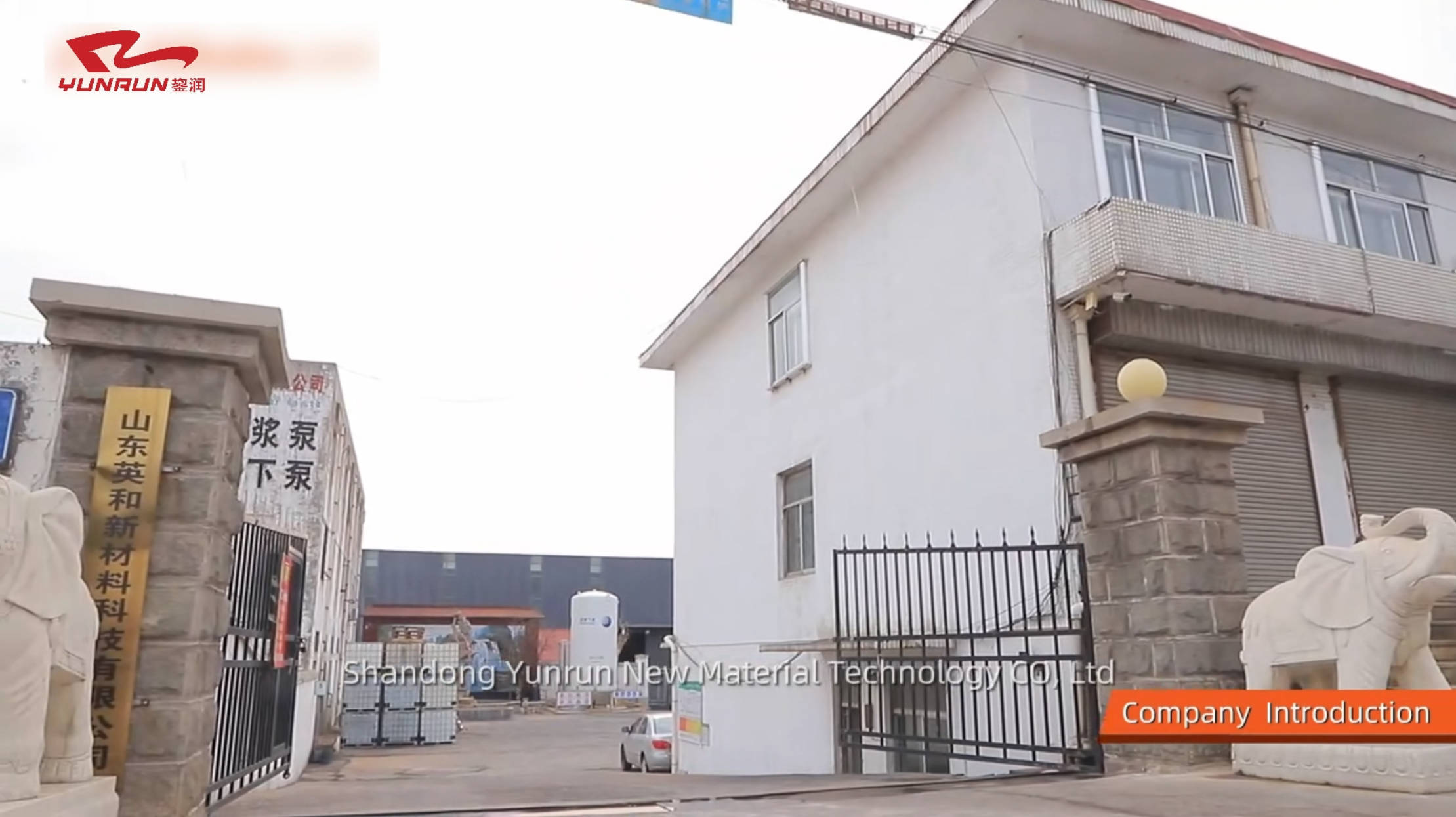Understanding Low Modulus Polyurethane Sealants: Applications and Benefits
Low modulus polyurethane sealants are versatile materials widely used in construction, automotive, and various manufacturing processes. These sealants are characterized by their flexibility, allowing them to accommodate movement in substrates without losing adhesion or integrity. This unique property makes them suitable for applications where structural movement or thermal expansion may occur, suc
Jun 24,2025
Low modulus polyurethane sealants are versatile materials widely used in construction, automotive, and various manufacturing processes. These sealants are characterized by their flexibility, allowing them to accommodate movement in substrates without losing adhesion or integrity. This unique property makes them suitable for applications where structural movement or thermal expansion may occur, such as joints in buildings, bridges, and even in vehicle manufacturing.
One of the primary benefits of low modulus polyurethane sealants is their excellent adhesion to various substrates. They bond well with materials like metal, glass, wood, and concrete. This versatility makes them a popular choice for sealing applications in diverse industries. The ability to adhere to different surfaces without the need for extensive surface preparation simplifies the application process, saving time and labor costs.
Another significant advantage of low modulus polyurethane sealants is their durability. These sealants are resistant to UV radiation, moisture, and temperature fluctuations, which helps maintain their performance over time. This durability is particularly important in outdoor applications where exposure to the elements can degrade other types of sealants. Additionally, low modulus polyurethane sealants are often formulated to resist chemicals, making them suitable for use in environments where contact with solvents and other harsh substances may occur.
The flexibility of low modulus polyurethane sealants also allows them to accommodate joint movement effectively. This is crucial in applications where different construction materials expand and contract at different rates due to temperature changes. The sealant’s ability to stretch and compress without cracking ensures long-lasting performance and prevents the formation of gaps that could lead to water intrusion and structural damage.
In terms of application, low modulus polyurethane sealants can be easily applied using standard caulking tools. They typically cure through a reaction with moisture in the air, allowing for quick setup and usability. This feature is particularly beneficial in time-sensitive projects, where rapid completion is essential.
Moreover, low modulus polyurethane sealants are also environmentally friendly options in many cases. Many manufacturers are focusing on developing low-VOC (volatile organic compound) formulations, which help reduce harmful emissions during application and over the lifespan of the product. This consideration is increasingly important in today’s environmentally conscious market.
In conclusion, low modulus polyurethane sealants offer a range of benefits that make them an excellent choice for various applications. Their flexibility, durability, and adhesion properties, combined with ease of application, make them invaluable in both construction and manufacturing sectors. As industries continue to evolve, the demand for reliable sealing solutions like low modulus polyurethane sealants will likely remain strong, reflecting their essential role in ensuring structural integrity and performance.
One of the primary benefits of low modulus polyurethane sealants is their excellent adhesion to various substrates. They bond well with materials like metal, glass, wood, and concrete. This versatility makes them a popular choice for sealing applications in diverse industries. The ability to adhere to different surfaces without the need for extensive surface preparation simplifies the application process, saving time and labor costs.
Another significant advantage of low modulus polyurethane sealants is their durability. These sealants are resistant to UV radiation, moisture, and temperature fluctuations, which helps maintain their performance over time. This durability is particularly important in outdoor applications where exposure to the elements can degrade other types of sealants. Additionally, low modulus polyurethane sealants are often formulated to resist chemicals, making them suitable for use in environments where contact with solvents and other harsh substances may occur.
The flexibility of low modulus polyurethane sealants also allows them to accommodate joint movement effectively. This is crucial in applications where different construction materials expand and contract at different rates due to temperature changes. The sealant’s ability to stretch and compress without cracking ensures long-lasting performance and prevents the formation of gaps that could lead to water intrusion and structural damage.
In terms of application, low modulus polyurethane sealants can be easily applied using standard caulking tools. They typically cure through a reaction with moisture in the air, allowing for quick setup and usability. This feature is particularly beneficial in time-sensitive projects, where rapid completion is essential.
Moreover, low modulus polyurethane sealants are also environmentally friendly options in many cases. Many manufacturers are focusing on developing low-VOC (volatile organic compound) formulations, which help reduce harmful emissions during application and over the lifespan of the product. This consideration is increasingly important in today’s environmentally conscious market.
In conclusion, low modulus polyurethane sealants offer a range of benefits that make them an excellent choice for various applications. Their flexibility, durability, and adhesion properties, combined with ease of application, make them invaluable in both construction and manufacturing sectors. As industries continue to evolve, the demand for reliable sealing solutions like low modulus polyurethane sealants will likely remain strong, reflecting their essential role in ensuring structural integrity and performance.
PREVIOUS:
Others




